LASIK
Eye care refractive surgeries encompass a range of surgical procedures aimed at correcting refractive errors, such as nearsightedness (myopia), farsightedness (hyperopia), astigmatism, and presbyopia. These surgeries are designed to reduce or eliminate the need for glasses or contact lenses.
1. LASIK (Laser-Assisted In Situ Keratomileusis):
LASIK is a widely performed outpatient procedure that uses a laser to reshape the cornea, the clear front part of the eye.
It is effective in treating myopia, hyperopia, and astigmatism.
The surgeon creates a flap on the cornea, uses a laser to modify its shape, and then repositions the flap.
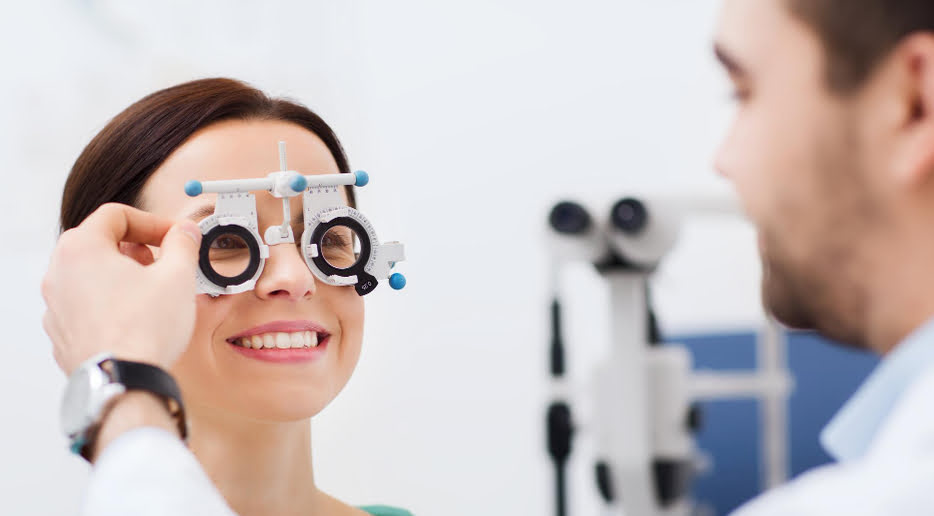
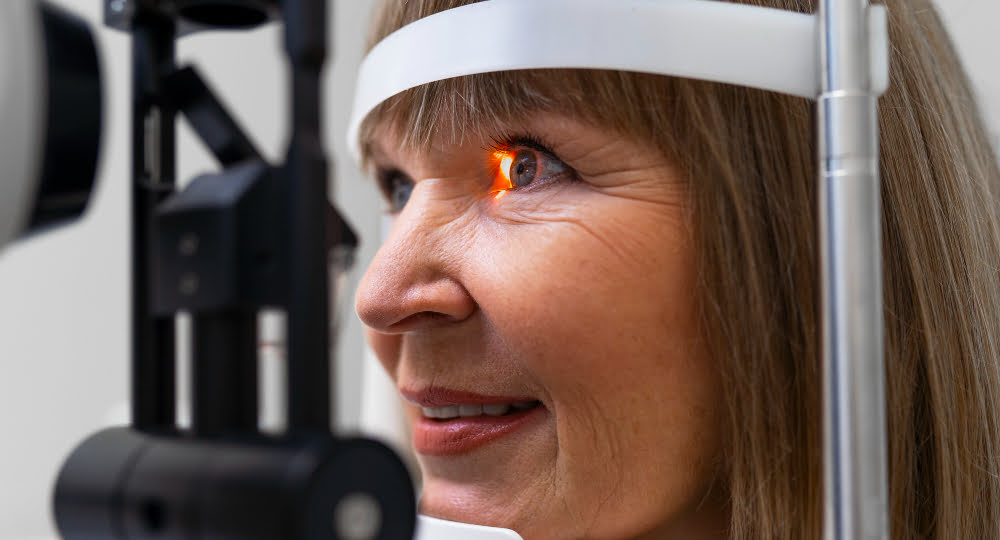
2. PRK (Photorefractive Keratectomy): PRK is another laser eye surgery that reshapes the cornea without creating a flap.
It is suitable for individuals with thinner corneas or those who may not be good candidates for LASIK.
The outer layer of the cornea is removed before the laser treatment.
3. LASEK (Laser Epithelial Keratomileusis):
LASEK is similar to PRK but involves lifting a thinner layer of the cornea's surface (epithelium) rather than removing it.
It may be preferred for certain individuals with specific corneal characteristics.
Before undergoing any eye care refractive surgery, you should consult with an experienced and qualified eye care doctor and a professional to discuss your specific needs, expectations, and the most appropriate surgical option. Regular follow-ups are essential to monitor the healing process and ensure optimal visual outcomes.
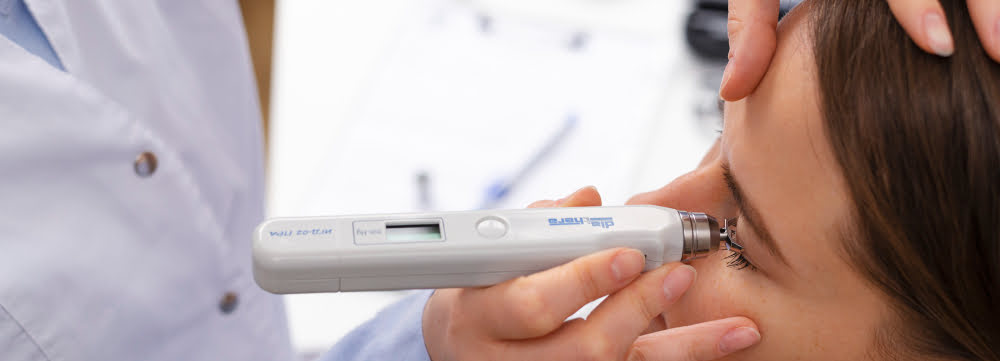
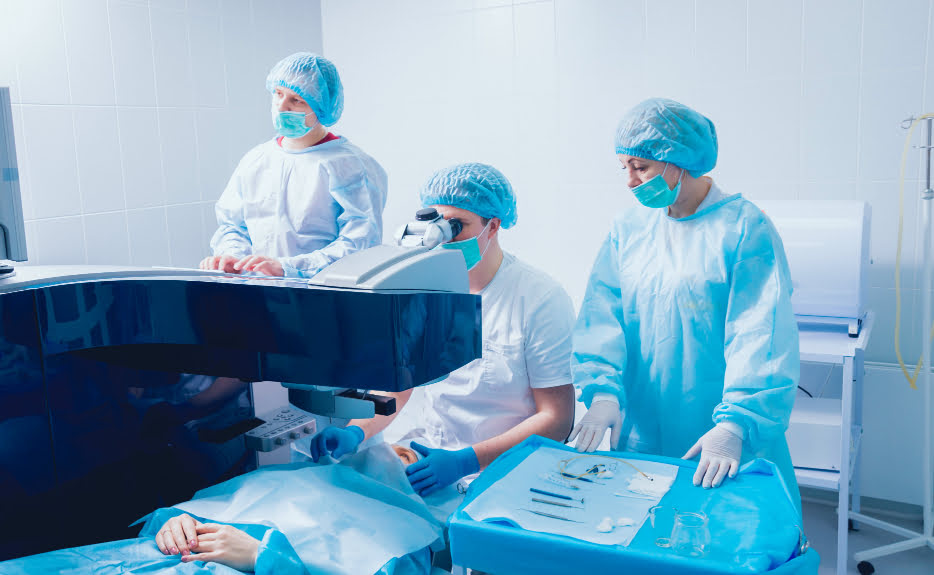
TREATMENT
LASIK
TRANSPRK (Blade less & flap-less)
Phakic IOL (Indian and imported ICL)
For more details about the differences between different procedures, please get in
touch with our doctors.
Regardless of the type of vision impairment LASIK is used to treat, the surgery only
takes about 15 minutes.
ELIGIBILITY CRITERIA
Age 18 yrs & above
Having stable spectacle power for at least
six months
No associated eye ailments like Glaucoma,
Retinal problems, dry eyes, etc.
associated investigation should be with in
normal limits
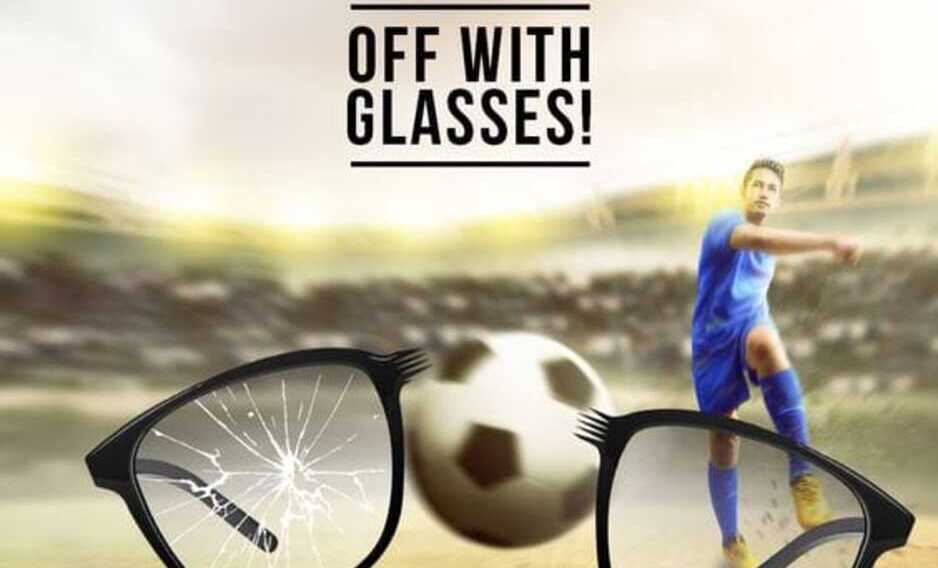
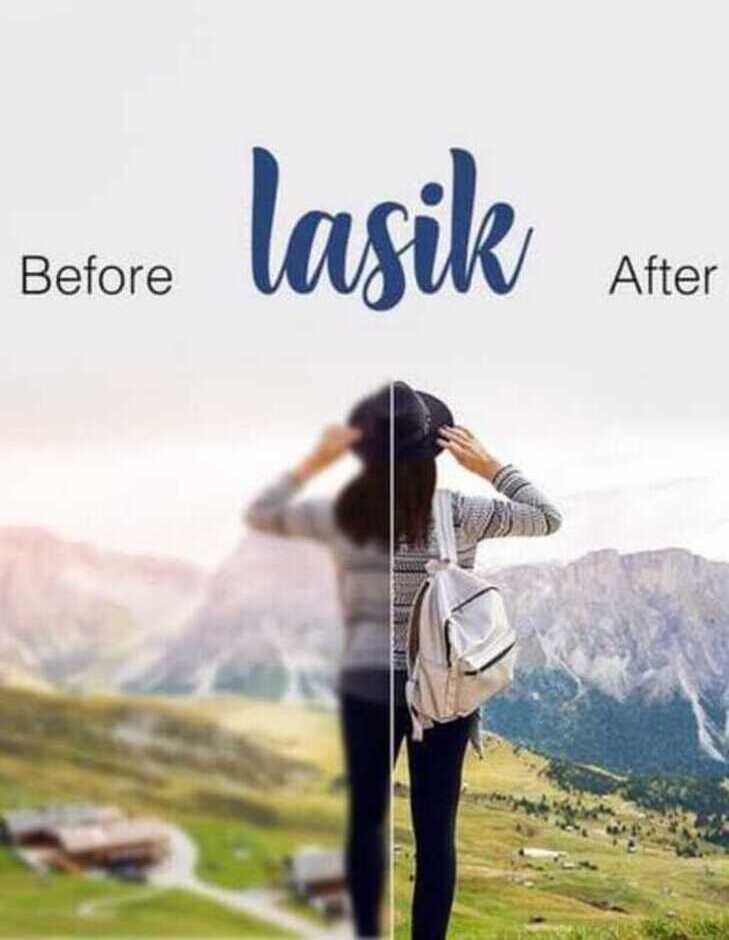
WHAT IS LASIK
LASIK stands for "Laser Assisted in Situ Keratomileusis". This technique involves raising a partial corneal flap surgically using an automated microkeratome, applying of laser (Ablation) and repositioning of the flap. Ablation is performed using ArF Excimer laser which ablate the tissue in a highly precise manner and change the curvature of cornea making it flater or steeper. LASIK is a highly precise automated, computer-controlled procedure which takes maximum time of 2.5 seconds per diopter and it is virtually painless and offers rapid, next day recovery.
WHY LASIK
LASIK
Freedom from glasses & contact lens
Fast visual recovery
No pain and no bandages required
Negligible risk of infection
Patients can go home immediately and begin
normal activities in most of the cases in a few days.
Frequently Asked Questions
LASIK, Epi-LASIK, PTK, TransPRK, LASEK, Femto-LASIK
(1) -0.5 to -16.0 sph (2) +0.5 to +5.0 sph (3) ±0.5 to ±6.0 Cyl
Its simple! Ask our doctor! After a detailed discussion with the doctor, a
range of tests known as the Pre-LASIK assessment is performed.
These include:
Thorough eye examination, Pachymetry, Corneal topography, Retinal
examination, etc.
With the help of Wavefront, images are divided into 36000 parts & each part is treated with the help of computer generated images to get the best possible vision correction which is not possible in normal treatment. This is also called as Customized LASIK treatment.
90% people get 90-95% vision by 24 hrs, only few patients may require 1-2 weeks for complete recovery.
contact lens user: 1 week
Rigid contact lens user: 3 weeks
Ablation time with ArF laser is 2.5 seconds per diopter which is three to four times faster other conventional lasers. The total procedure will take nearly 3-4 minutes per eye.
LASIK procedure causes little or discomfort.
Almost nil, but as any surgery, laser vision involves a very low rate of
side effects.
The side effects may be under correction, over correction, night
glare, etc. Results of clinical studies indicate that the chances of having
a vision-reducing complication are less than 1 percent. There have been no
reported cases of blindness resulting from LASIK.
Yes. Following an initial healing period of three to six months, the effect of the treatment is life-long. Rarely, a minimal regression might occur.
Some people go back the day after treatment, two days are ideally suggested.
Yes. With SCHWIND AMARIS 500E it is possible. PresbyMAX is the best solution
to get rid of reading glasses. PresbyMAX employs bi-aspheric, multifocal
ablation profiles, which ensure good vision at all distances.
Results:
LASIK has safely improved the vision of more than 1.7 million people world
wide with the following results:
percent of treated eyes achieved 6/6 (Normal) vision or better.
55.5 percent could see even better after the surgical procedure than before
with or contact lenses.
Improved contrast (helps in night driving).
Studies show that over 99% of patients who have had vision correction
surgery are able to pass a standard vision test 6/9 or better without the
aid of corrective lenses. If any power remains it can be corrected after
15-20 days without additional charges.
No reason to get disappointed, ICL is the next treatment choice with 99% success! would be pleased to hear from you
Refractive
Implantable contact lenses (ICL) are a type of vision correction surgery that involves placing a thin, prescription lens inside the eye to correct refractive errors. Unlike traditional contact lenses that sit on the surface of the eye, ICLs are surgically implanted between the natural lens and the iris.
- ICLs are often used to correct moderate to high degrees of nearsightedness (myopia), and in some cases, astigmatism.
- They are suitable for individuals who may not be good candidates for laser eye surgery, such as those with thin corneas or dry eyes.
ICL surgery is a valuable option for individuals seeking an alternative to glasses or contact lenses. However, as with any surgical procedure, it's important to consult with an experienced eye care doctor and also a professional to assess individual candidacy and discuss the potential risks and benefits of ICL surgery.
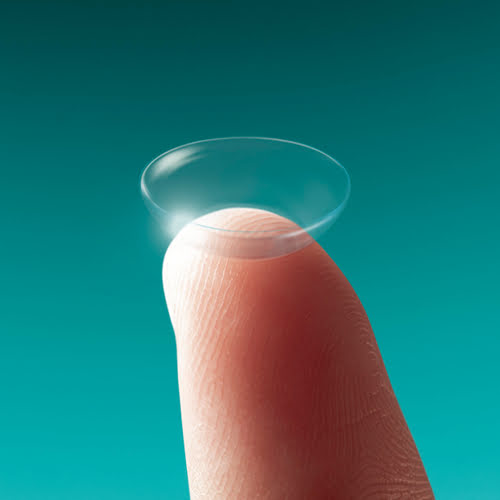
Book an appointment
Please fill in the form below and we will soon call you back.



